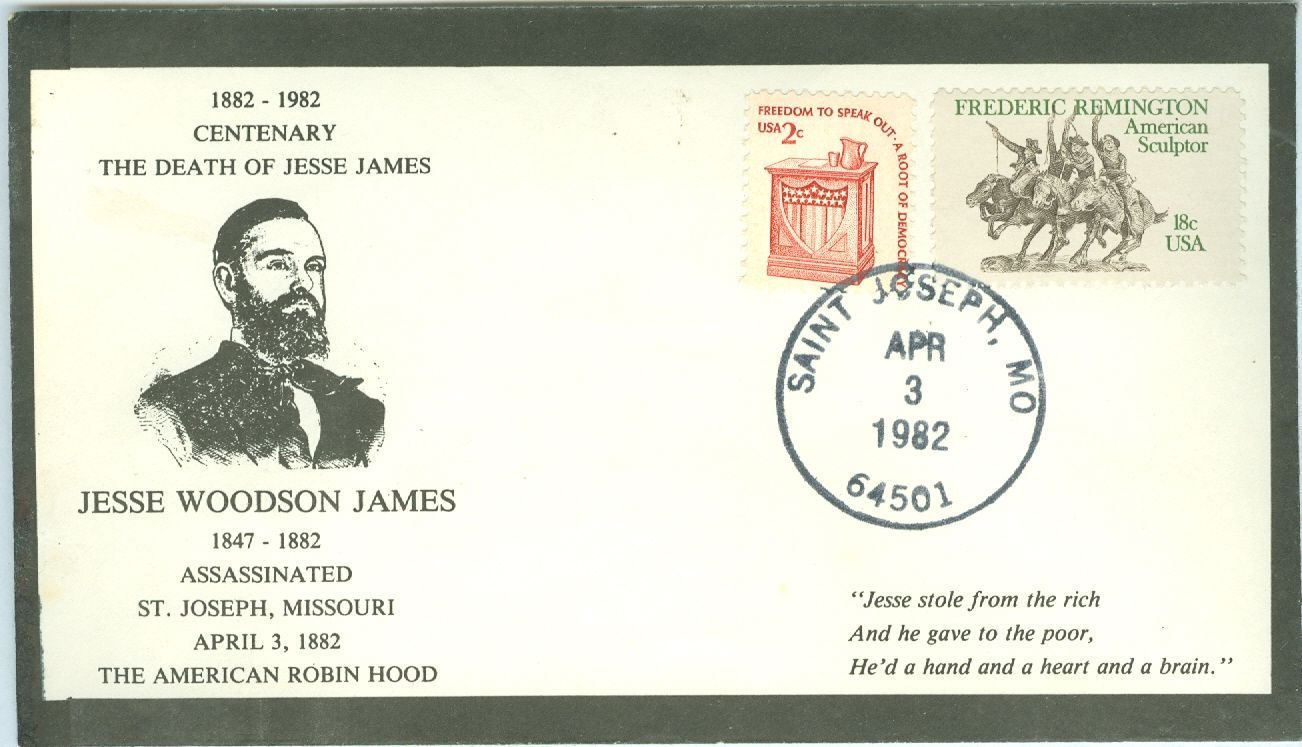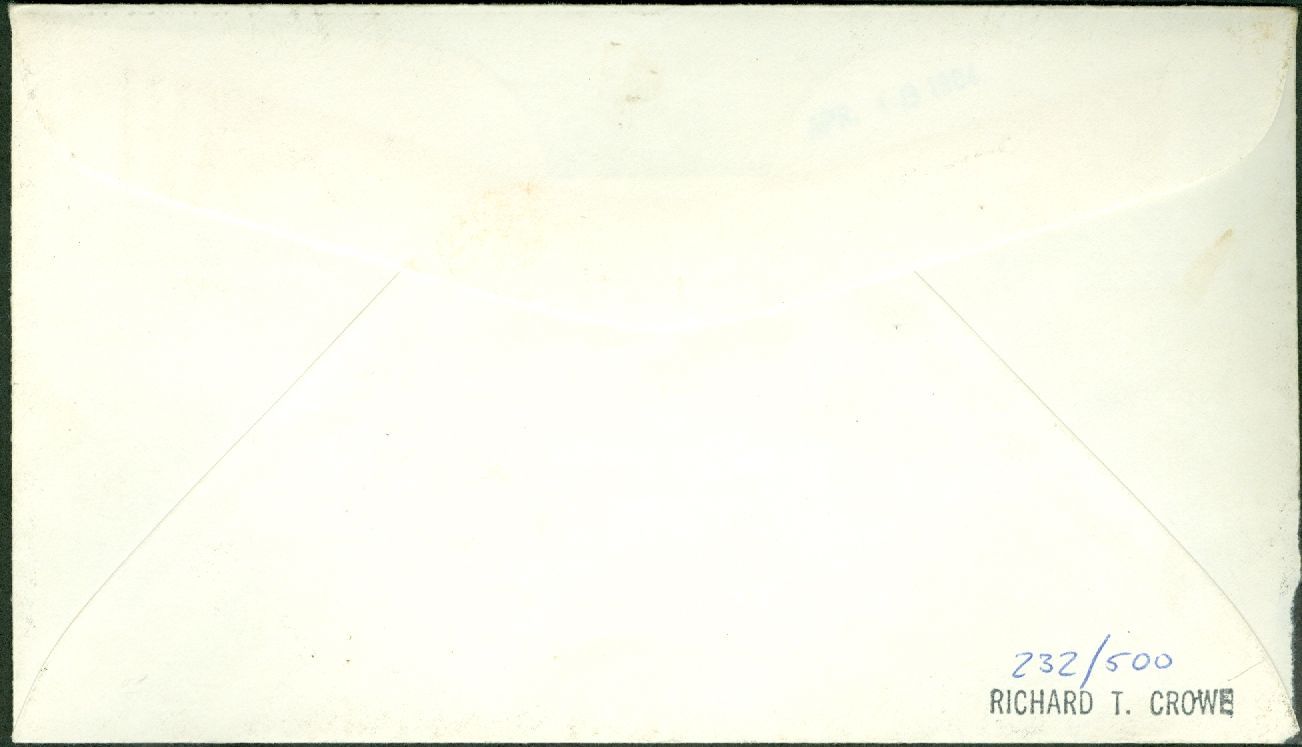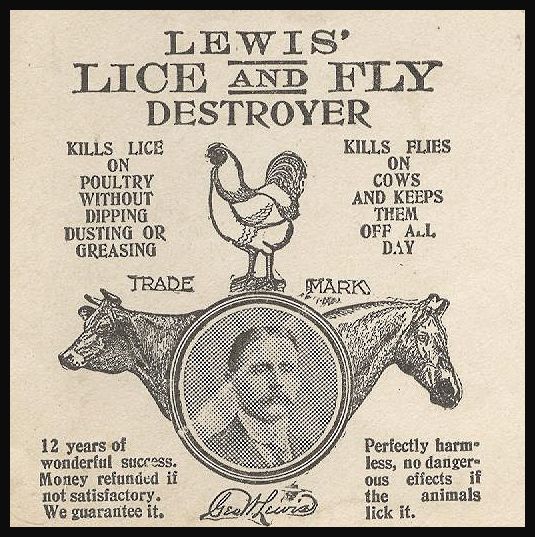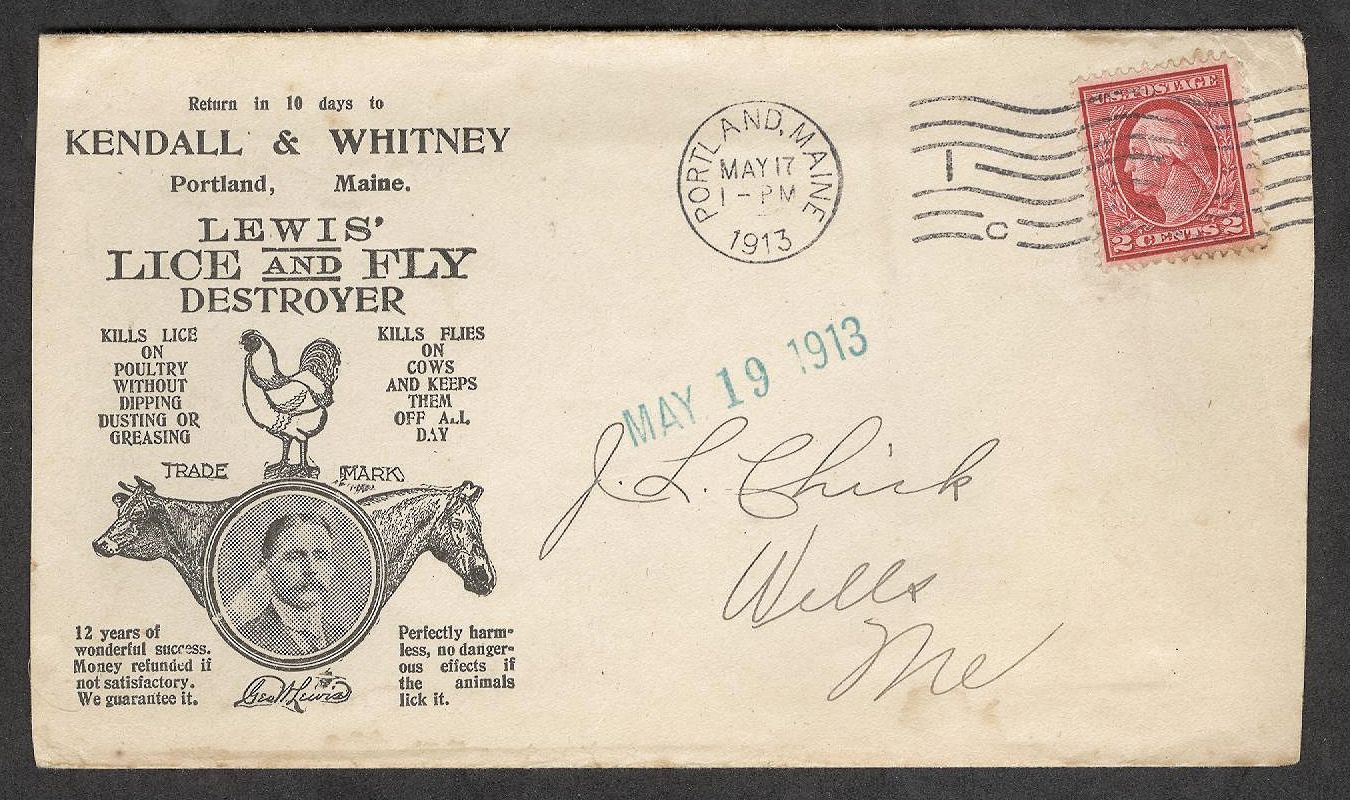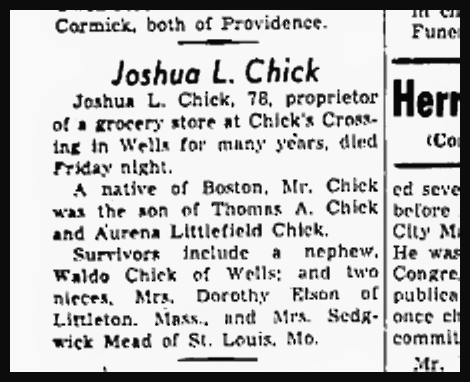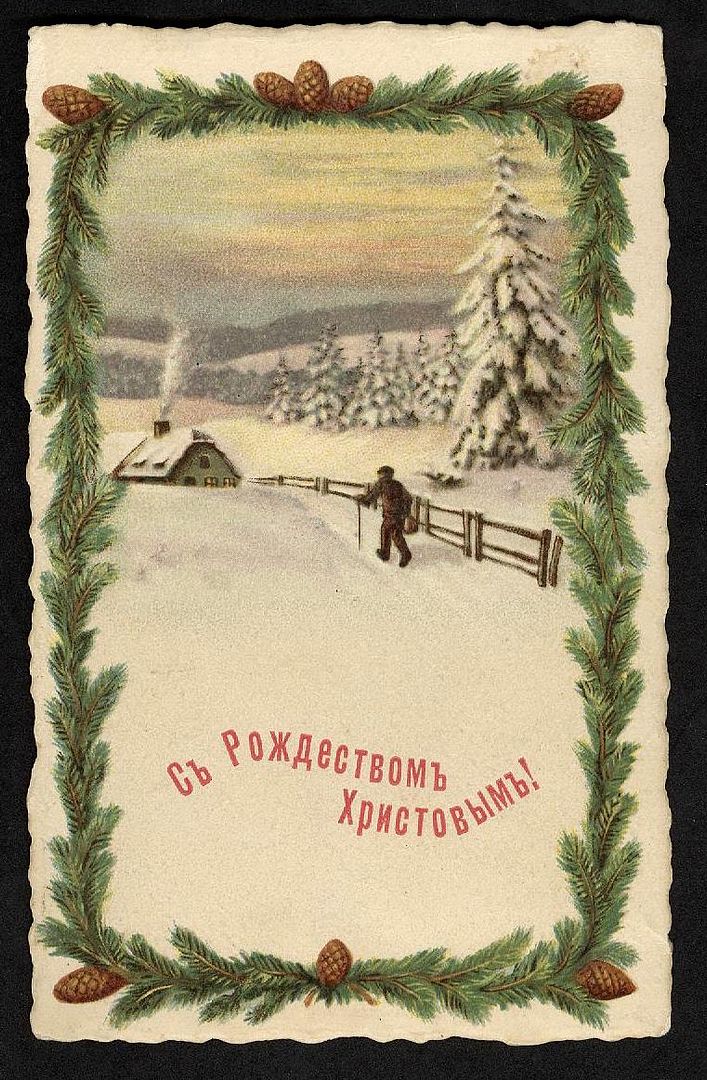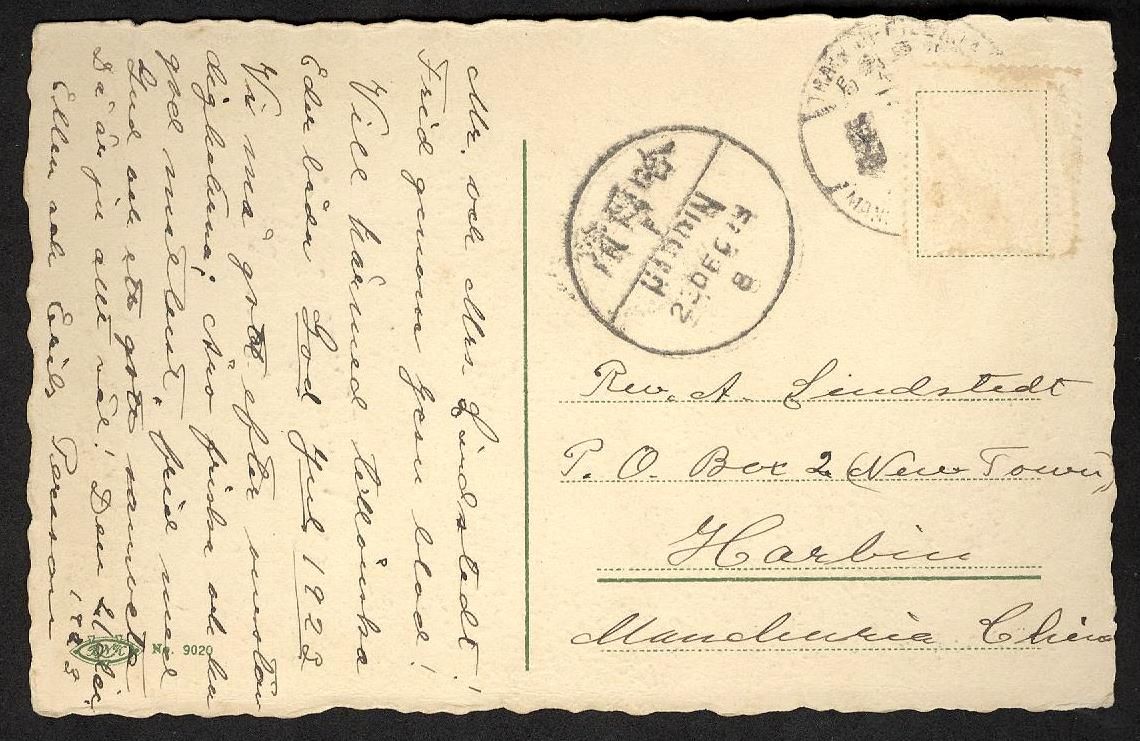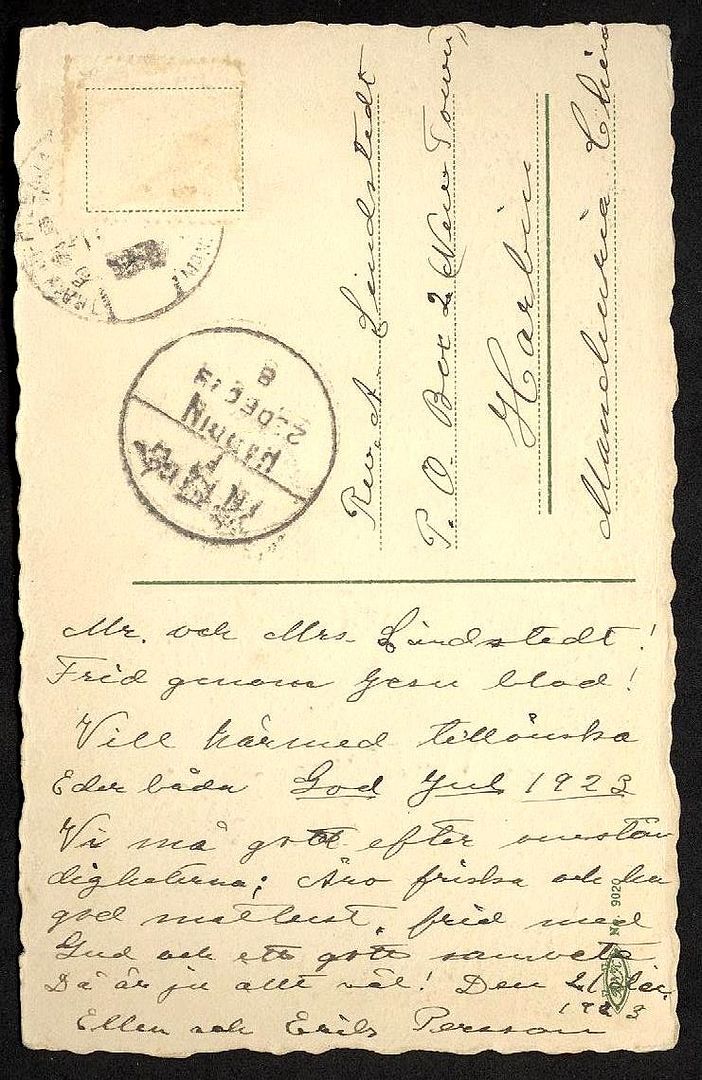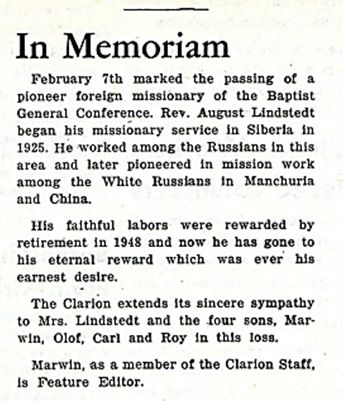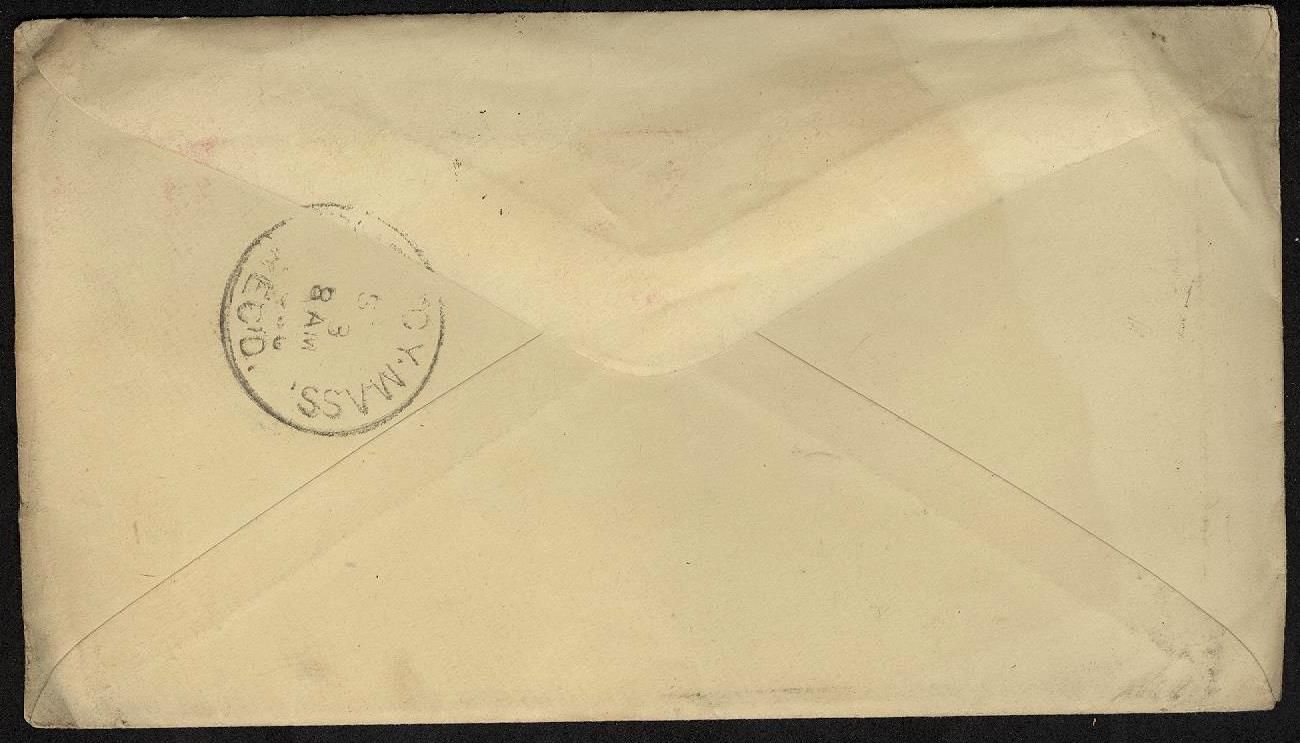 |
Adressee: Mr. W.C. Fenley, Quincy, Mass.
September 11, 189 |
A short letter to Quincy, Massachusetts sent from cousin to cousin is not what it first seems.
by Mary Katherine May
THE LETTER (introduction): Historical Facts versus Assumptions
I recently purchased this letter while on a short trip into southwestern Wisconsin. On first reading, I thought the note, written to William Fenley by his cousin William Edmunds is bland and chatty. I wonder if maybe Edmunds’ words are rather bold, perhaps looking for a return on the money paid out upon receipt of the second trunk from Quincy, Massachusetts. I was wrong.
THE LETTER: Transcription
To Mr. W.C. Fenley, Quincy Massachusetts
Stationery: Citizens National Bank, Louisville, Ky.
September 11, 1890
Dear Cousin Will:
Mother asked me to write and let you know the other trunk
had arrived. It came by the American
Express last evening, and the charges were not prepaid, as the other had been
which came over another line—the Adams.
I merely let you know this so that if any mistake has been made, it may
be corrected at once. We are very quiet
here and there is no news to write. Mother
and Aunt Ruth have gone out to your place for the day. We have had a real hard rain and everything
is fresh this morning. Write us when you
can do so, as every word from you is of great interest to us here.
Yours,
Wm. Edmunds.
THE TRAGIC STORY
William Carr Fenley, the first of five children born to
Oscar Fenley and Mary Elizabeth Carr Fenley, was in Quincy because six family
members including his daughter Susan, his mother Mary Elizabeth and sister Mary
Lewis were killed less than a month earlier in what is known as the Old Colony Train Wreck that tragically took 22 lives. I believe the Fenley family had been seated in the fourth car of the train, which in the wreck had been forced up and over the engine. The boiling hot steam from the engine filled the car above scalding everyone inside.
The Fenley Family Members Who Lost Their Lives
Mary Elizabeth Carr Fenley, mother of 5 children including Mary Lewis, William C. and Oscar
Mary Lewis Fenley Abbott, wife of William Abbott
Alice Rosebrook Short Fenley, wife of Oscar
Susan Hannah Fenley, daughter of William Carr and Frances Marion Williams Fenley
Mary Katherine Fenley, daughter of Oscar and Alice Fenley
Alice Short Fenley, daughter of Oscar and Alice Fenley
The Fenley Survivors
Two of the Fenley party on the train survived: William
Abbott, husband of Mary Lewis Fenley Abbott, and Elizabeth, daughter of Oscar
and Mary Elizabeth. Both had been badly burned.
Oscar Fenley, brother of letter recipient William Carr
Fenley, stayed in Quincy until his daughter Elizabeth
recovered sufficiently to travel. I don't know if his brother William to whom this letter is addressed remained the whole time but it is likely that he did. Two months after the wreck Oscar brought his family home to
Louisville to be buried.
The Trunks Shipped to Louisville
The two trunks shipped to Louisville about which William
Edmunds wrote were the belongings of the deceased.
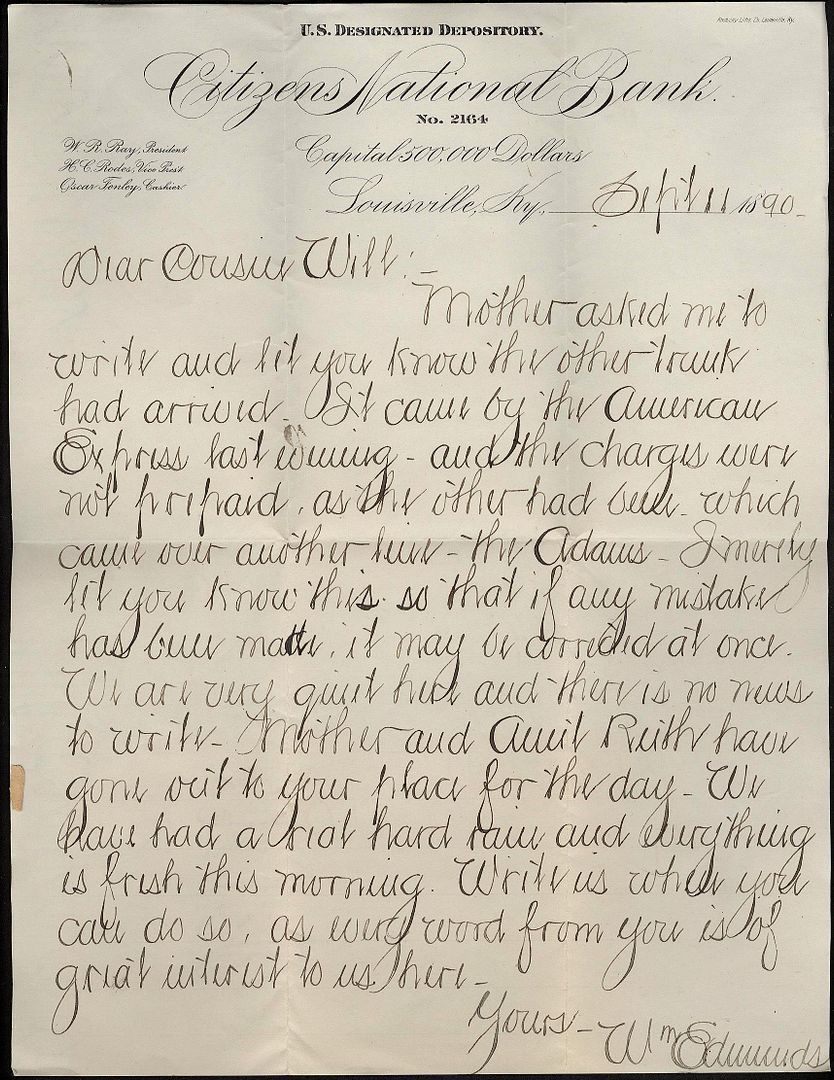 |
| Letter to William Carr Fenley from cousin William Edwins dated September 11, 1890 |
WILLIAM EDMUNDS (1862-1912)
William Edmunds’ relation to the Fenley family is through
his mother, Martha Gaither Carr Edmunds (1827-1911), one of seven daughters
born to Captain John Carr and Mary Gaither Carr, and sister to Mary Elizabeth
Carr who died in the Old Colony train wreck. Aunt Ruth mentioned in the letter
is also a sister. Captain John Carr fought in the war of 1812.
Postal Information
I am not an expert on postal cancellations and so I offer
little information in this respect, leaving it for others to decipher. The envelope has two postal cancellations:
Quincy, Mass. on the back dated possibly September 13, and Louisville, KY. on the
front with an oval boat shape bar killer inset with the number 2. The postage
is a prepaid 2 cent green Washington.
References
